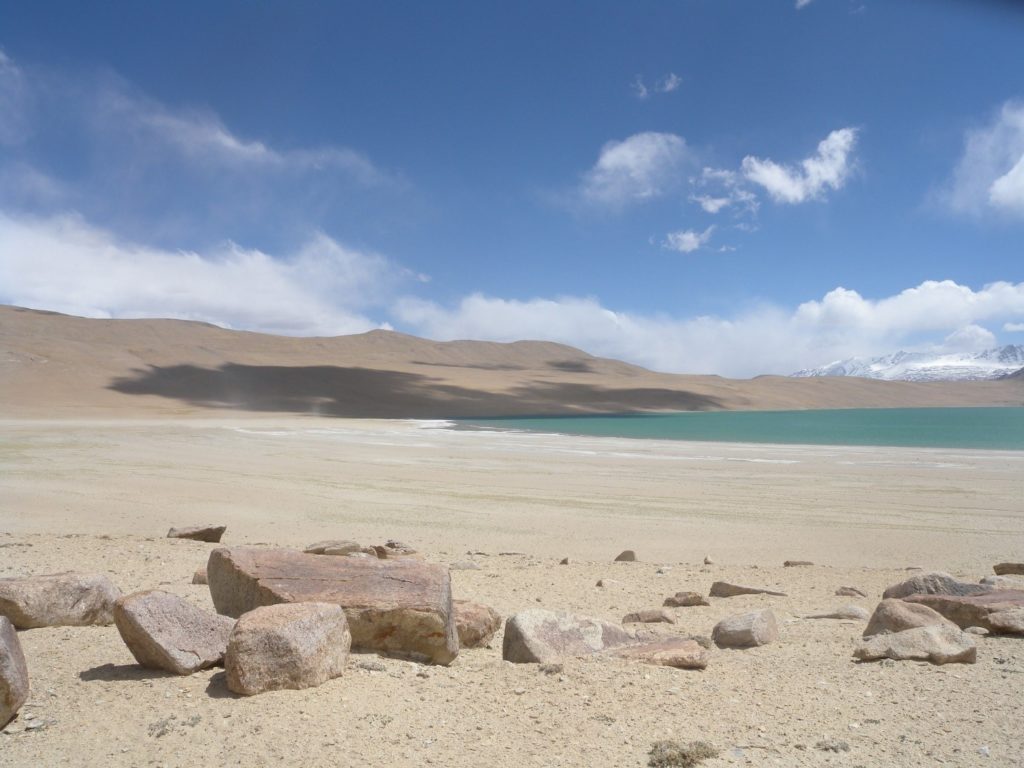
INDIA – South Asia and the Indian subcontinent seem to be facing a perennial water crisis that may be getting worse rather than better. The problem is complex. It is not simply that there is too much or too little. While there is flooding in some regions there is a drought in others. Where there is water, much of it may not be suitable for safe consumption. Where there is no immediate access to water, it may take a most of a day for the women of the family to fetch and carry adequate quantities home.
Water Aid reports that “Major capital cities in South Asia – Dhaka, Delhi, Islamabad, Kabul, and Kathmandu – are showing groundwater stress with the water table receding at an alarming rate. In Islamabad, the water table fell to 30 feet below the surface in 2016, compared to 5 feet in 2012. Recently the Supreme Court of India expressed concern on the over-exploited and critical situation of groundwater in Delhi and asked the authorities to present a plan of action. Excessive pumping in Kabul has caused thousands of wells to go dry and the water table is falling at 1.5 meters per year.”
The region around the Himalayan tourist mecca of Ladakh, once abundant with water, is facing a drought crisis due to a combination of reduced snowmelt – which has been their major source of fresh water – and an unanticipated doubling of Indian nationals vacationing there. Supply is diminishing and demand is doubling.
Shimla, in neighboring Himachal Pradesh, faces the same issue and has considered conserving its shortage of water by preventing tourists from “flooding” the city.
The increase of toilet usage by tourists is exacerbating the matter because the flush toilets are not connected to proper sewer systems. The wastewater flows into the ground and contaminates the groundwater.
“Groundwater is . . . one of the key resources for piped drinking water in the cities and rural areas of South Asia – 80% of drinking water in India; 97% in Bangladesh; 80% of rural domestic water supply in Sri Lanka . . . unlike surface water, where diminishing quantity or quality can easily be seen, issues related to groundwater emerge only when the crisis is already upon us. But that is often too late, as replenishment of groundwater takes a long time.” (Water Aid)
Yet, the Times of India has reported 537 dead and 13 missing across six states experiencing flooding in the current monsoon season. The death toll by state includes 34 in Assam, 52 in Gujarat, 70 in Uttar Pradesh, 116 in West Bengal, 126 in Kerala, and 139 in Maharashtra. Forty-three teams of National Disaster Response Force have been dispatched to the flooded areas. Each team consists of 40 to 45 trained personnel.
Aside from these current extremes, about 200,000 Indians die every year because they do not have adequate access to safe water. Another 600 million have to deal with “extreme water stress.” quality restricts its use. According to Green Facts, “Water stress causes deterioration of freshwater resources in terms of quantity and quality.”
The United Nations has set a goal of clean water everywhere by 2030, but achieving that goal, especially in South Asia, is going to require monumental, if not divine, effort. Nearly 163 million people in India alone, the most in any country in the world, do not have access to clean water.
In the meantime, as the population grows and demand increases, access to clean water is getting more difficult. Government officials are attempting to stave off any worsening of the crisis, but the infrastructure of this scale is not constructed in a day.
We need to be aware of the crisis these countries and these people face. Even more so, Christians need to pray for those caught in this catastrophe.
Sources:
- Water Aid, 5 ways to fix South Asia’s Water Crisis
- Mission Network News, Monsoon season claims 500 lives in India
- TOLO News, 537 Dead in Monsoon Rains, Floods in India
- Dhaka Tribune, Forced to walk miles, India water crisis hits rural women hardest
- The Third Pole, Tourist magnet Ladakh facing water scarcity
- Eco-Business, Tourist magnet Ladakh facing water scarcity
- Green Facts, Water Stress
For more information about this, click here.




